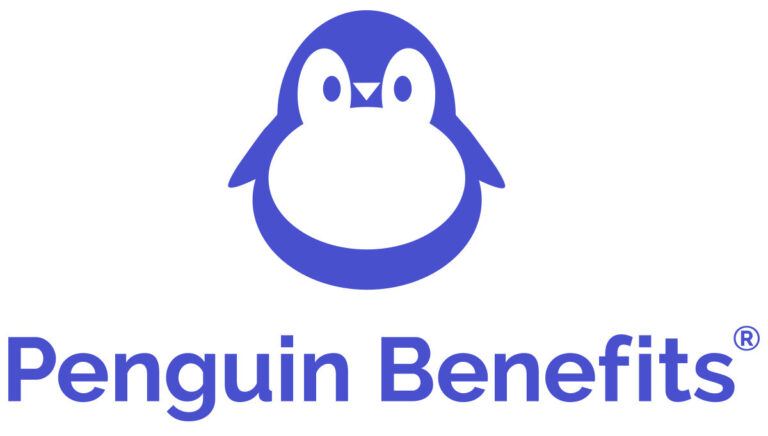More than 27 million cases of traumatic brain injury (TBI), a category that includes falls, motor vehicle crashes, and sports injuries, occur globally every year.1 Described as a silent epidemic, the injuries can be difficult to manage due to complex coding that affects claims and an outdated approach that may delay an employee’s return to work. While the data is daunting, there are things employers can do to prevent TBIs and support employees.
Resources
@Work Magazine
Home / Resources / @Work Magazine / Employers Can Help Employees with Traumatic Brain Injuries Return to Work
Employers Can Help Employees with Traumatic Brain Injuries Return to Work
By Kerri Wizner, MPH, Assistant Director of Epidemiology, MDGuidelines; Justine Ahle, MS, Senior Analyst, MDGuidelines; Keemia Vaghef, PhD, Director of Analytic Consulting, Leave Solutions, Alight
Related Resources & Articles

Getting Incomplete or Insufficient FMLA Medical Certifications? Request More Information
How can employers ensure compliance with the federal Family and Medical Leave Act (FMLA) when it comes to medical certifications?...

DMEC News: June-August 2025
The DMEC team hit the ground running this year with a new cadence for member communication, a new season of...

The Strength of Interwoven Threads: Effective Plan and Policy Design
As paid leave options expand across the U.S., employers must consider whether investing in short-term disability remains essential....

Knowledge is Power: Putting All the Pieces Together Helps Employers
When is an independent medical examination helpful to an employer? How does this type of program help ensure employees get...

Exploring a Speed-of-Trust Approach to Program Administration to Improve Employee Experiences
Could instilling more trust in employees reduce confusion and lead to better outcomes? Learn about speed-of-trust programs and how they...

Considering Work As a Transition of Care Improves Outcomes
Ensuring that employers talk about how returning to work can be therapeutic is an important step that some leave management...
Become
a Member
Connect with new colleagues, expand your knowledge, and experience more benefits of membership.
Not Sure If Your Organization Is A Member?
Add your company affiliation and verify your DMEC membership status.
Contact Us
5173 Waring Road, Suite 134
San Diego, CA 92120
San Diego, CA 92120
info@dmec.org
800.789.3632, ext. 101
800.789.3632, ext. 101
Copyright Disability Management Employer Coalition (DMEC). All rights reserved. Privacy Policy | Cookie Policy | Terms of Use































